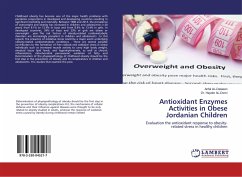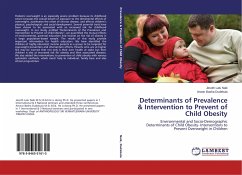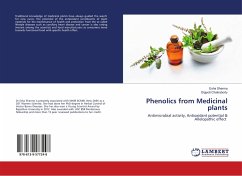
Antioxidant Enzymes Activities in Obese Jordanian Children
Evaluation the antioxidant response to obesity-related stress in healthy children
Versandkostenfrei!
Versandfertig in 6-10 Tagen
24,99 €
inkl. MwSt.

PAYBACK Punkte
12 °P sammeln!
Childhood obesity has become one of the major health problems with pandemic proportions in developed and developing countries resulting in significant morbidity and mortality. Between 1980 and 2013, the prevalence of overweight and obesity has increased in children and adolescents (20 years) from 8.1% to 12.9% in boys and from 8.4% to 13.4% in girls. In developed countries, 24% of boys and 23% of girls are obese or overweight year. The risk factors of obesity-related cardiometabolic disorders are increasingly prevalent in children and adolescents . In this regard, the presence of oxidative str...
Childhood obesity has become one of the major health problems with pandemic proportions in developed and developing countries resulting in significant morbidity and mortality. Between 1980 and 2013, the prevalence of overweight and obesity has increased in children and adolescents (20 years) from 8.1% to 12.9% in boys and from 8.4% to 13.4% in girls. In developed countries, 24% of boys and 23% of girls are obese or overweight year. The risk factors of obesity-related cardiometabolic disorders are increasingly prevalent in children and adolescents . In this regard, the presence of oxidative stress could be a major event underlying obesity-related cardiometabolic conditions . There are several possible contributors to the formation of free radicals and oxidative stress in obese individuals such as increased muscle activity to carry high body weight, elevated tissue lipid levels, and hyperleptinenmia, as well as chronic inflammation, mitochondrial peroxisomal, oxidation of fatty acid Determination of the physiopathology of childhood obesity should be the first step in the prevention of obesity and its complications in children and adolescents. Yet, studies that examine the poss












